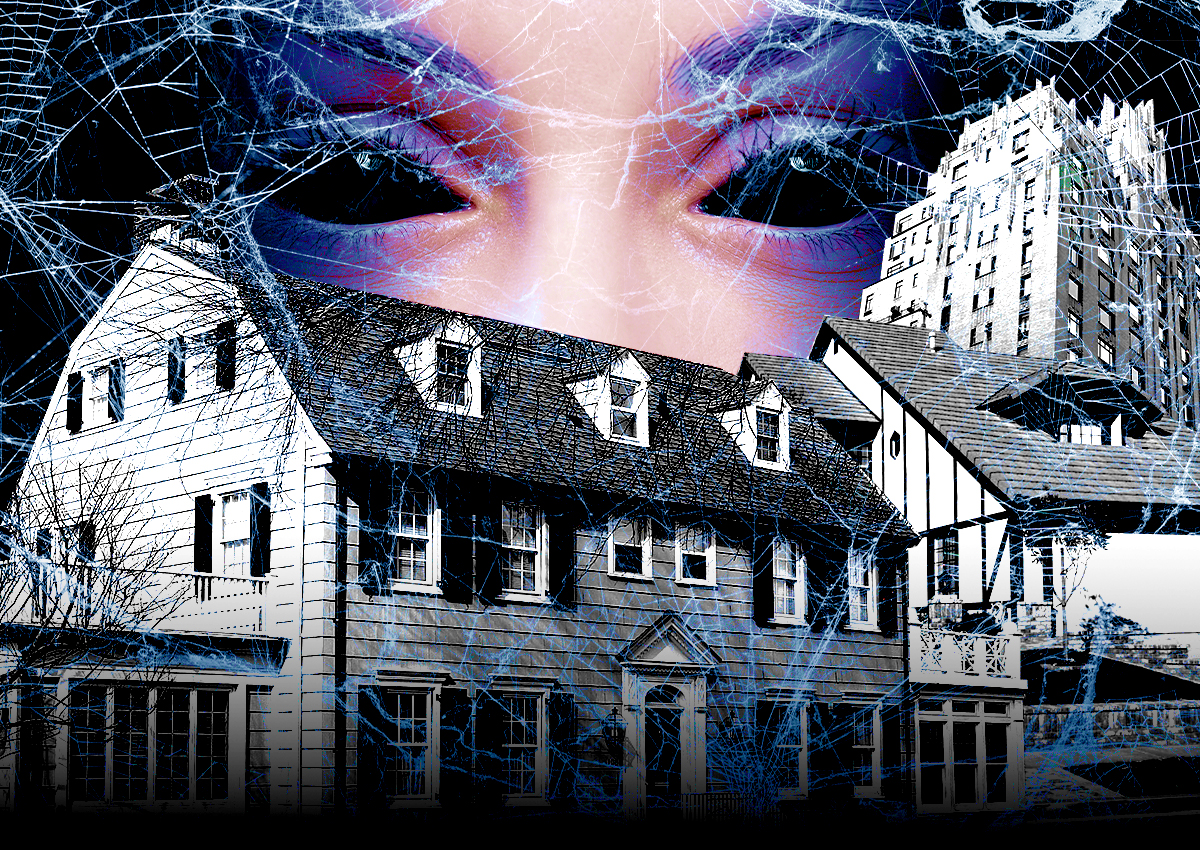
Here are the numbers: Chicago’s shortage of affordable housing has only worsened during the pandemic.
Gap between supply and demand for affordable housing widens to widest gap in city since 2012 in 2021, Crain’s report says reportciting a study by the DePaul University Housing Institute.
Additionally, the number of Chicago renters who bear the cost burden or spend more than 30 percent of their income on housing has also increased to 51.1 percent by 2021, according to the study.
The city made progress in both areas in the second half of the 2010s, but rising rents, an increase in low-income residents and a shortage of affordable housing exacerbated by the COVID-19 pandemic.
“The pandemic has exacerbated some of the city’s existing challenges, particularly on the supply side,” Geoff Smith, executive director of the DePaul Housing Institute, told the media.
The worst deterioration in affordability was in the city’s north and northwest, including neighborhoods like Logan Square, Avondale, Rogers Park and Uptown. Gentrification is also a factor, as high-end developments and high-income tenants proliferate in certain areas.
According to the report, from 2019 to 2021, the supply of affordable housing decreased by 6.9%, while the demand increased by 1.5%. This equates to a drop in the number of affordable housing units from 119,435 to 100,197 over the period.
Additionally, the percentage of very low-income renters in Chicago who are burdened with severe costs, or who spend at least 50 percent of their income on housing, jumped from 66.7 percent in 2019 to 75 percent in 2021.
There are many factors that contribute to this problem. During the early stages of the outbreak, a flood of multifamily properties changed hands, causing landlords to jack up rents as demand for apartments rose. The city also lost some low-cost units due to gentrification and developers converting affordable housing into high-end housing.
— Quinn Donoghue







